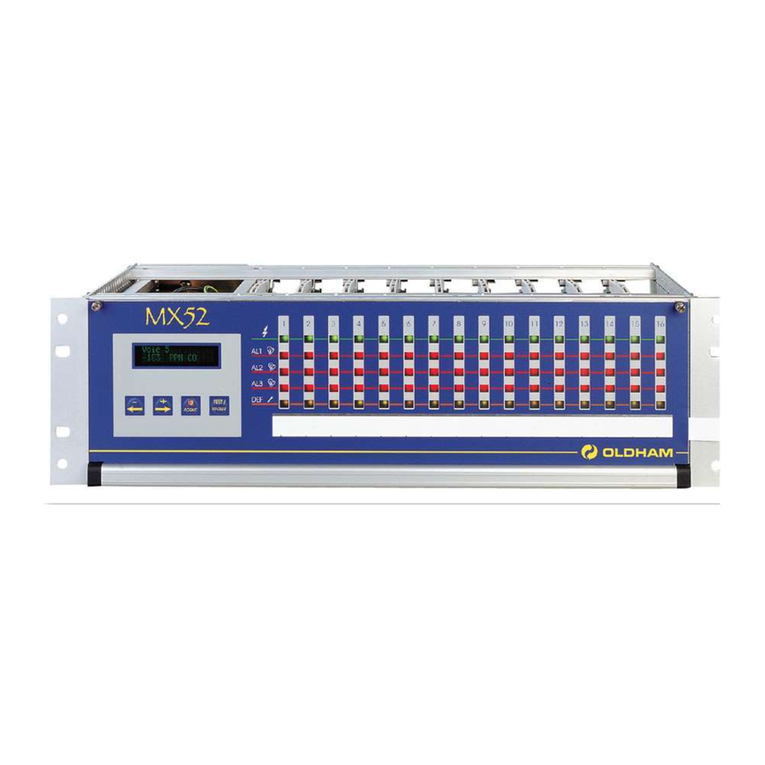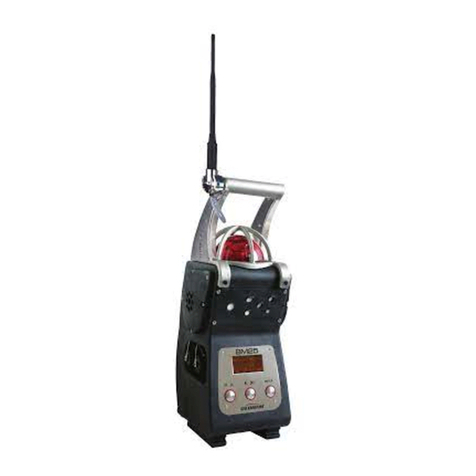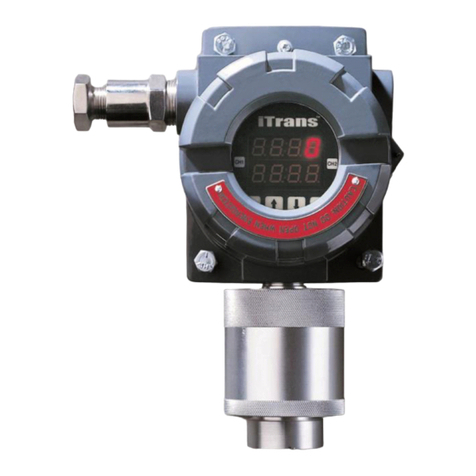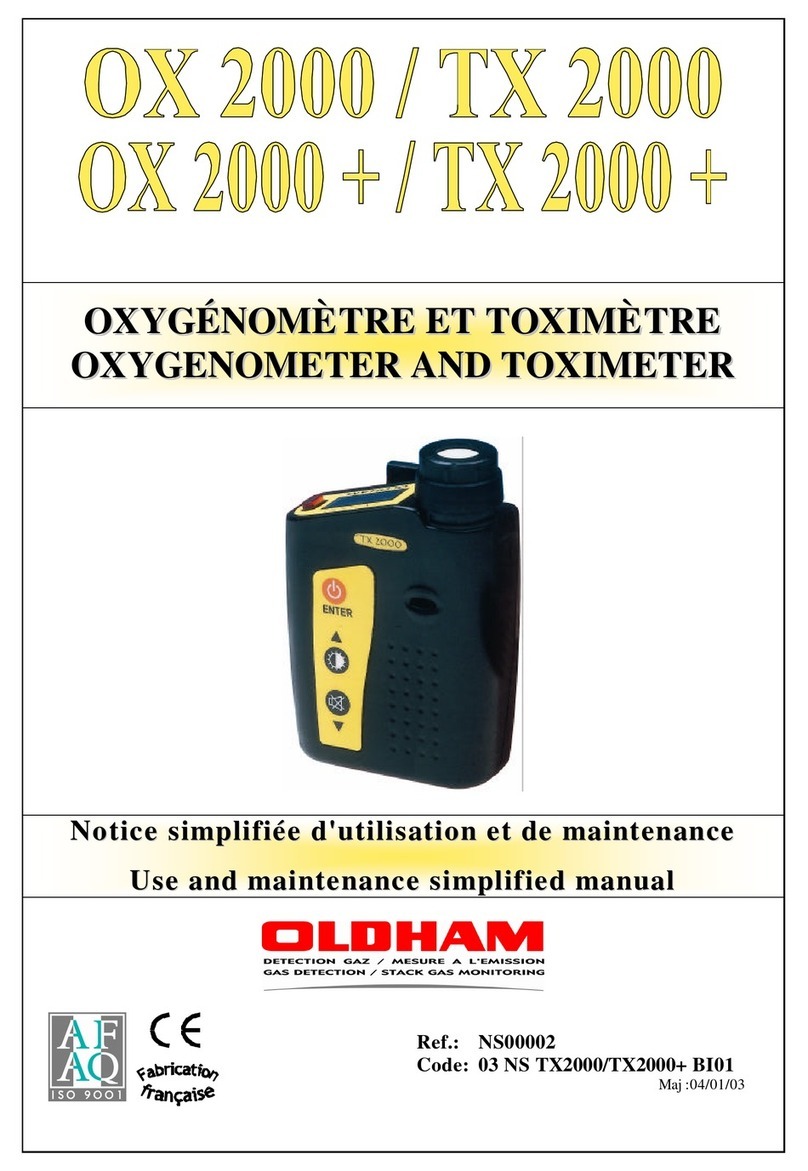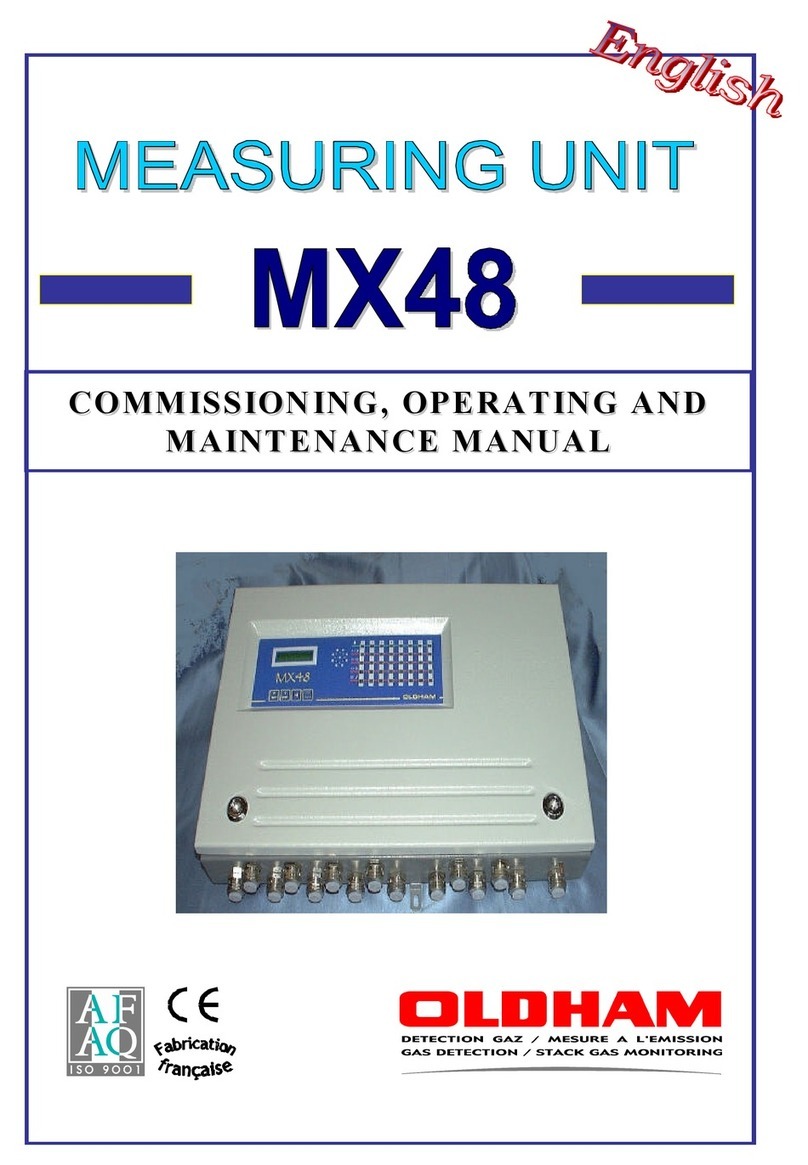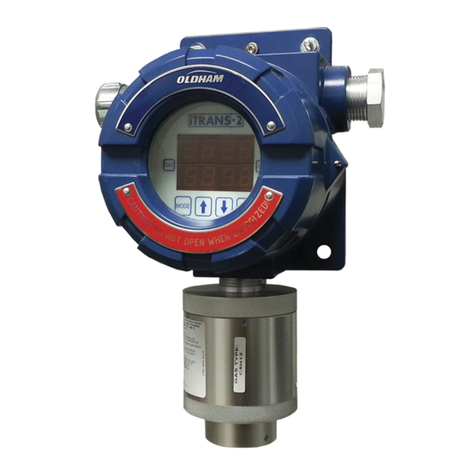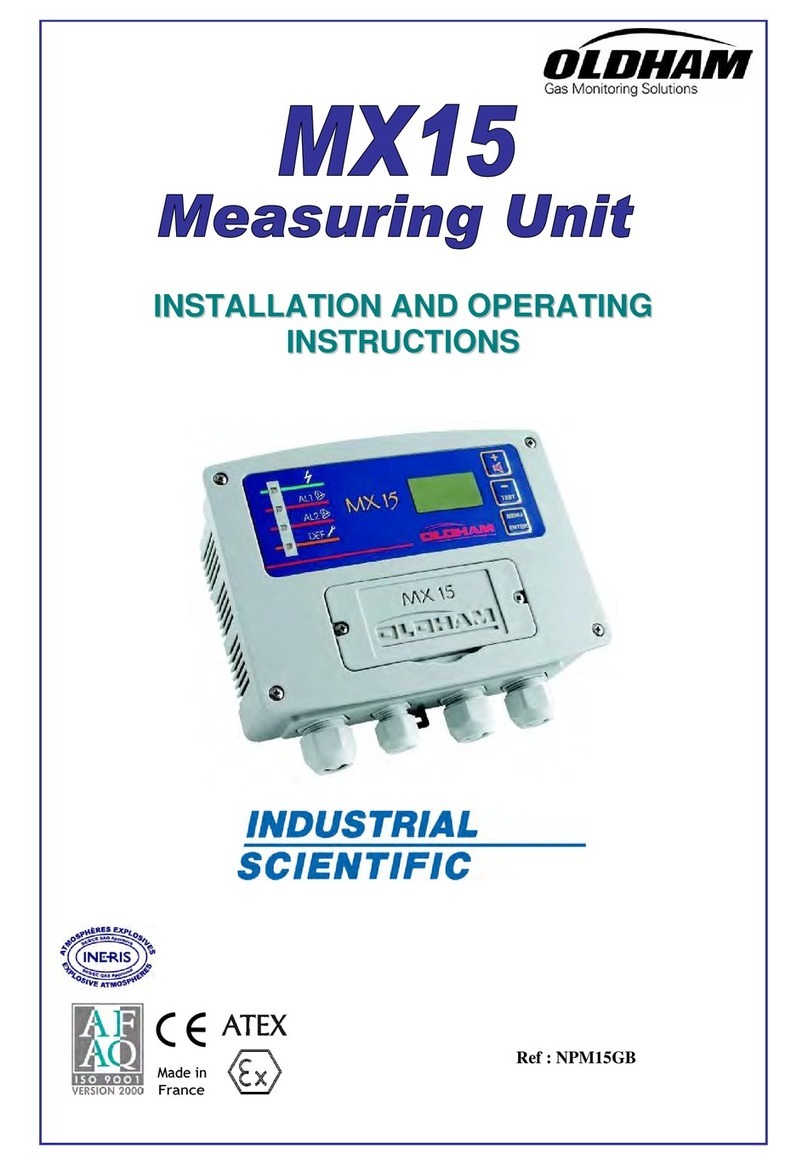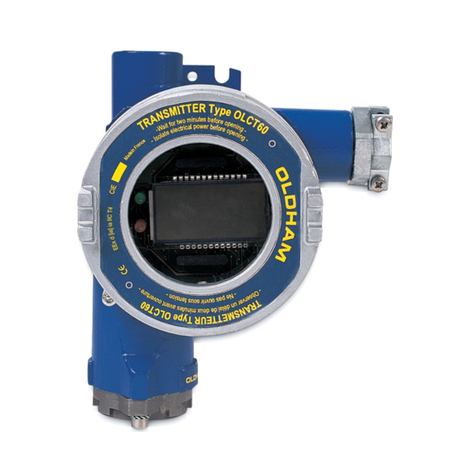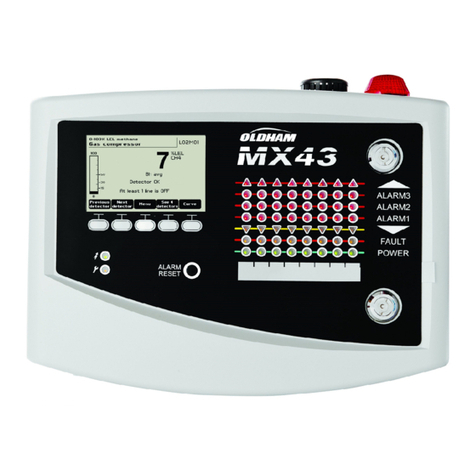Contents
Chapter 1 | Introduction ...........................................................9
General information....................................................................................9
Product Overview.....................................................................................10
Additional equipment................................................................................12
Connections .............................................................................................13
Gas sensors.............................................................................................15
LCD Display .............................................................................................16
Visual alarm..............................................................................................17
Audible alarm ...........................................................................................17
Sampling system......................................................................................17
Chapter 2 | Installation and Connections..............................19
Power supply............................................................................................19
Charging the batteries..............................................................................19
Alarm Transfer..........................................................................................21
Connection of a manual call point............................................................22
Chapter 3 | Operation.............................................................23
Start-up.....................................................................................................23
Gas monitor positioning ...........................................................................24
Diffusion mode .........................................................................................24
Aspirated mode (with pump option) .........................................................25
Measurements..........................................................................................27
Alarms......................................................................................................29
Data transfer.............................................................................................32
Switching off.............................................................................................33
Chapter 4 | Wireless Version .................................................35
Overview ..................................................................................................35
Start-up.....................................................................................................39
Self-healing ..............................................................................................42
Mac list menu...........................................................................................45
Chapter 5 | Maintenance ........................................................47
Accessing maintenance menus ...............................................................47
Program menu..........................................................................................48

